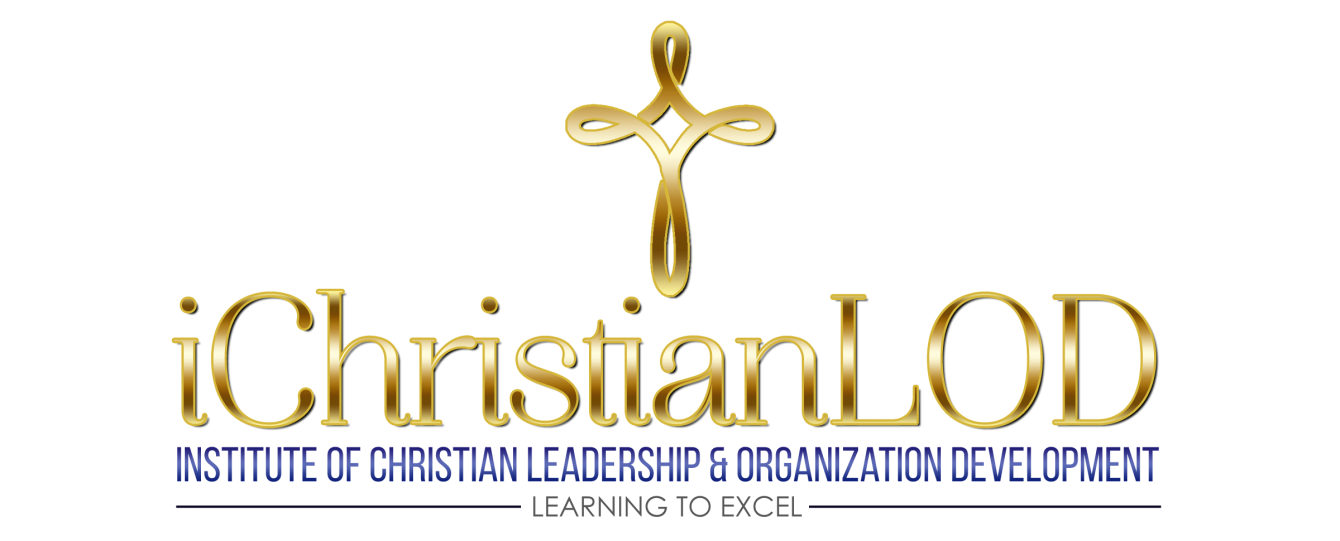Changing Organizational Culture to Improve Performance
Corporate Culture and organizational performance
A second key component to the OD process is changing some aspect of the corporate culture of the target organization. Shared beliefs, values, assumptions, and norms all play a major role in what organizational stakeholders do and how they do it. Brown states, “Management style and corporate culture are central factors in the success of a company” (Brown, 2011, p.64). Schein explains why we must understand cultural forces. He says, “We need to understand them not only because of their power, but also because they help to explain many of our puzzling and frustrating experiences in social and organizational life” (Schein, 2010, p.7). The perception of an organization by its external environment is central to its ability to engage with that environment. Ferrell, Fraedrich, and Ferrell state, “Some cultures are so strong that to outsiders they come to represent the character of the entire organization” (Ferrell, et al., 2013). Corporate culture influences how managers and employees alike, problem-solve, respond to customers and react to competitors, and how they do what they do (Brown, 2011).
All OD change will not necessarily include a cultural change; although many will. Cultural change differs from other OD change in that it affects the basic values of the organization, changing the hearts and minds of its employees. Brown calls culture the very essence of organizations (Brown, 2011). It begins with a thorough assessment of why it’s being done, what problem is attempting to be solved, and what one means by culture. Schein explains the key assumptions this type of assessment is based upon (Schein, 2010):
o Initial data should be obtained in a group setting because culture involves shared;
o Assumptions;
o It’s more important for the members of the group to understand the meaning of their assumptions, than it is for the agent to understand them.
o Not all cultural aspects are pertinent to every problem;
o The agent should assist as a process-consultant, helping the group members decipher the meanings of their shared assumptions;
o Some assumptions will be helpful in assisting the organization with its goals, while others will be detrimental. The groups must categorize their assumptions;
o The culture-deciphering process often reveals that new practices can and should be derived from the existing culture;
o If the basic paradigm of the organization has to change, it will be a multiyear change process.
Cultural assessment is a major objective that should only be attempted with the full commitment and consent of the organization’s leaders. Using the problem to be solved as criteria, a group should be selected to participate in the assessment. The group can be as small as three and as large as 30. The room should be comfortable, with seating arranged in a circular fashion. Breakout rooms may also be necessary, especially with larger groups (Schein, 2010).
The meeting begins with statement of purpose by someone with major authority in the organization, to bring clarity to the meeting, and inclusion. The consultant presents a 15-minute lecture on culture, what it is and what it means. The group should then describe artifacts, which are written down. The question regarding artifacts is: What’s going on here. It helps to have new people in the organization, describe what they felt and saw upon entering the organization. Next is identifying espoused values. The question is: Why are you doing what you are doing? To get underlying assumptions, you check to see if espoused values that have been identified explain all the artifacts. Or, are things happening that are clearly not explained or in direct opposition with the values. Now they must categorize the assumptions as to whether they will aid or hinder the change process. Lastly, they reach a consensus on what they believe are the relevant shared assumptions, and how they affect the organizational goals (Schein, 2010).
Brown provides three initiatives to follow after the assessment. A leader needs to cast a vision for the future that employees can share with one another, focus on, and commit to. Develop a model group to lead the change. Ensure that the old culture is no longer rewarded. Use pay, promotion, and other incentives to reward the new behavior (Brown, 2011).
References
Brown, D.R. (2011). An experiential approach to organization development eighth
edition. Prentice Hall. Upper Saddle River, New Jersey 07458.
Ferrell, O.C., Fraedrich, J., Ferrell, L. (2013). Business ethics ethical decision making and
cases. South-Western, Cengage Learning. Mason, OH 45040.
Schein, E.H. (2010). Organization culture and leadership 4th edition. Jossey-Bass. San Francisco, CA 94103-1741.
